Issued last Friday was a new Victorian government review of ‘embedded networks’, which act as the electricity retailer to co-located customer groups dwelling clusters like flats and caravan sites. The panel of four conducting the review included two consumer activists from the Victorian Government-funded Consumer Action Law Centre, and another member from the renewable energy lobby group, the Clean Energy Council.
Already a subscriber? Log in
Subscribe for just $2 a week
Try a month of The Spectator Australia absolutely free and without commitment. Not only that but – if you choose to continue – you’ll pay just $2 a week for your first year.
- Unlimited access to spectator.com.au and app
- The weekly edition on the Spectator Australia app
- Spectator podcasts and newsletters
- Full access to spectator.co.uk
Or

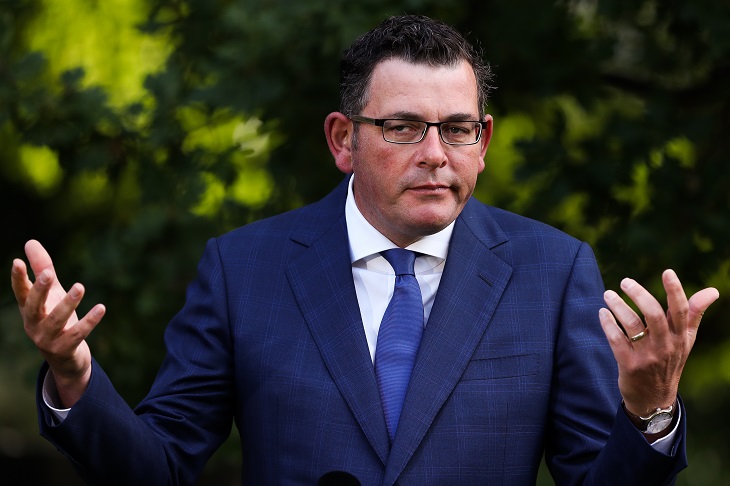

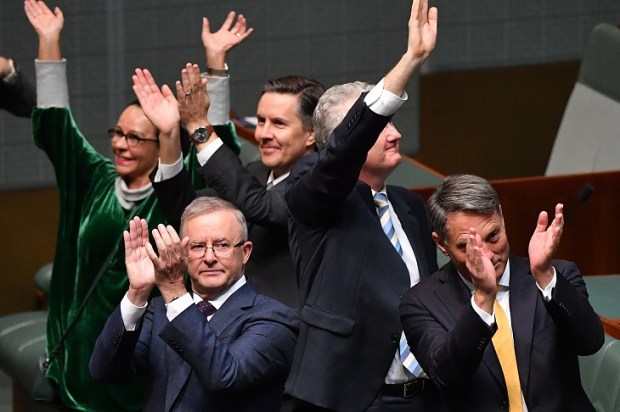
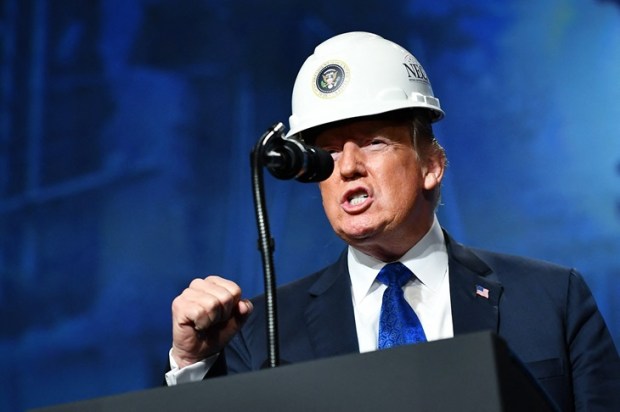

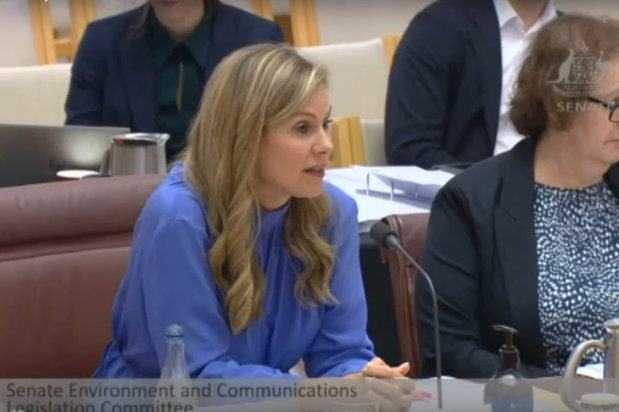
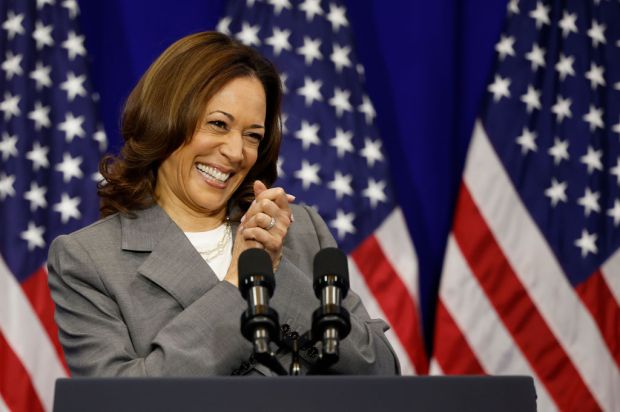


















Comments
Don't miss out
Join the conversation with other Spectator Australia readers. Subscribe to leave a comment.
SUBSCRIBEAlready a subscriber? Log in